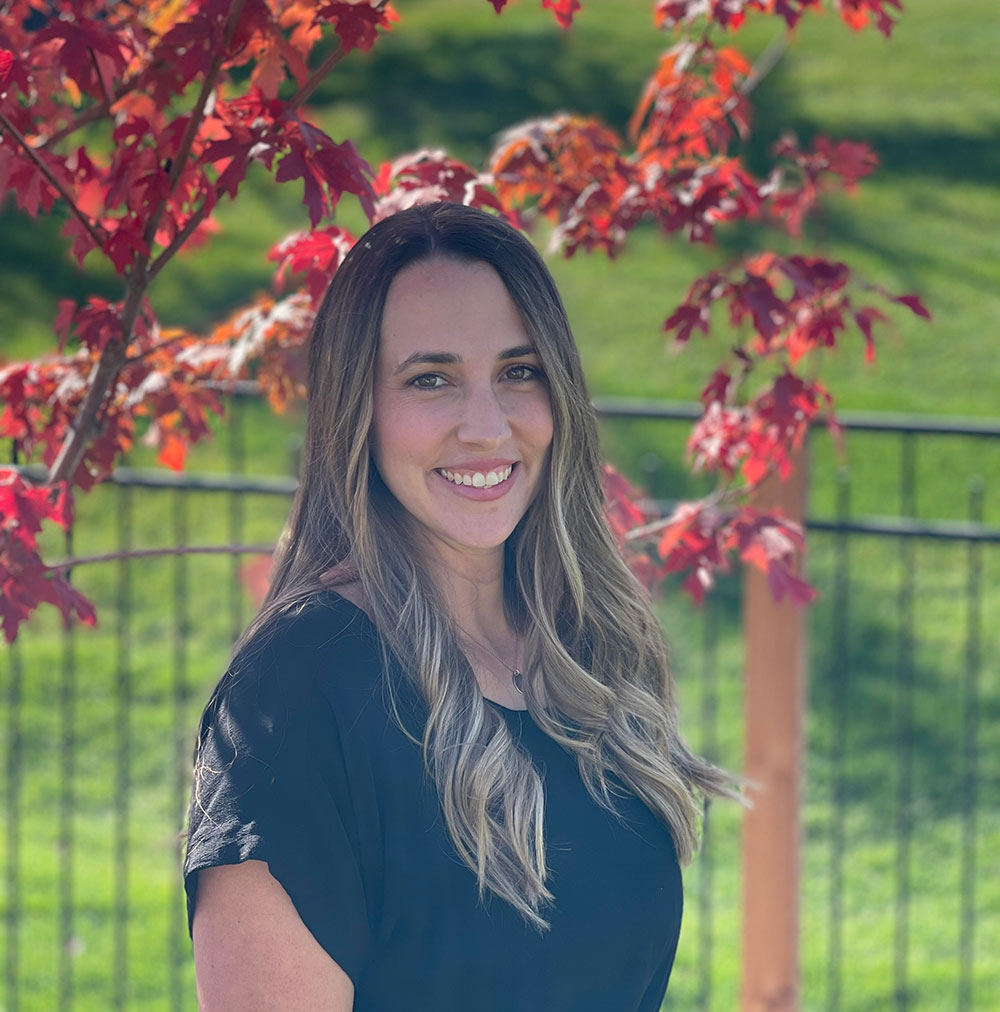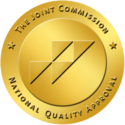Opioid Treatment Program in Idaho
According to a new report from the International Association for the Study of Pain (IASP), researchers estimate that more than 50 million adults (1 in 5) in the United States are dealing with chronic pain that interferes with their daily activities. For people who have moderate to severe chronic pain, it significantly reduces their quality of life and causes them to be limited in their daily activities.
Because of this, there has been a growing need for pain management medications. Five to 8 million Americans are thought to use opioids to manage their pain over the long term. But as has become sadly common, using opioids long-term can sometimes end in an addiction that lasts even longer. Over time, the tolerance built up by persistent use can lead to individuals turning to drugs like heroin and fentanyl to continue achieving a high every time.
This addiction is not only physically hazardous to the average person, but it also includes difficult withdrawal effects that can make stopping the drug use difficult. It can take lots of support and spending time in an opioid addiction treatment center to ensure that people can stop opioid use in a safe manner that doesn’t end in relapse.
Why Wait? Find The Help You Need By Reaching Out To Us Today! Our Admissions Team Is Standing By.
How Prevalent is Opioid Abuse in the United States?
A report from the Centers for Disease Control and Prevention (CDC) indicates that from 2019 to 2020, the number of drug overdose deaths increased by nearly 30%. To give a better perspective of the gravity of the opioid problem, the CDC further states that from 2019 to 2020, opioid-involved death cases had the following statistics:
- In 2020, Idaho experienced 164 deaths and over 4,000 hospital admissions related to opioid overdoses.
- Opioid-involved death rates increased by 38%
- Prescription opioid-involved death rates increased by 17%
- Heroin-involved death rates decreased by 7%
- Synthetic opioid-involved death rates (except for methadone) increased by 56%
A staggering 75% of the 91,799 recorded drug overdose-related deaths in 2020 involved the use of an opioid. A patient who was originally prescribed these substances likely never imagined they would develop an addiction. But using them for a longer period than intended (even if not initially to achieve a high) can easily translate into developing a substance use disorder.
Why are Opioids so Addictive?
Opioids have been used in some form for thousands of years, partly owing to their natural origin as extracts from the poppy plant. It was most commonly used to manage pain, not unlike the similarly addictive substance cocaine. The effects of common opioids begin when the components of the substance bind with the opioid receptors in the body. This action effectively blocks out pain, which is why people begin to feel relief soon after taking opioids. They are also known to trigger the release of the neurotransmitter known as dopamine. This neurotransmitter is associated with the reward system of the brain.
Physical pain relief in itself is enough reason for people to keep on taking opioids. But for others, it is the sense of calm and euphoria brought about by dopamine release which makes the substance something to look forward to. Dopamine is typically released following the completion of a perceived action or task giving a sense of fulfillment. It also gives a sense of calm, well-being, and euphoria.
However, what people misunderstand is that these medications only provide temporary relief. The more a person takes, the more that dependency and tolerance builds within the reward region of the brain. This is what causes cravings and addiction to happen over time.
What are the Signs and Symptoms of Opioid Abuse?

As there are different types of opioids, the time and severity of the manifestation could vary. There are, however, some generally common signs that occur in people who are abusing opioids. These include:
- Severe or drastic weight loss
- Lack of hygiene
- Scabs, sores, or puncture wounds for those who use take the substance intravenously (track marks)
- Compromised motor skills and coordination
- Stomach problems
- Vomiting
- Diarrhea
- Persistent nausea
- Pupil constriction
- Slowed thinking
- Impaired judgment
- Severely impaired problem-solving skills
- Depersonalization (feeling detached from one’s surroundings)
- Difficulty concentrating
- Mood swings
- Sudden outbursts
- Irritability
- Depression
- Paranoia
- Exhaustion
- Restlessness
- Lethargy
- Respiratory depression (difficulty breathing)
- Memory loss
- Hallucinations
- Delusions
- Insomnia
- Constipation
A medically monitored detoxification is essential for achieving sobriety in a safe manner. Without it, major consequences often occur including overdose and death.
What Risk Factors Influence the Development of Opioid Addiction?
As there are as many potential influential factors as there are opioid abusers, it is difficult to pin down which particular one is most likely to push a person down the road of continued use and opioid dependence. But there are a few factors that can drastically influence someone’s rate of opioid addiction.
People who belong to a family with members that have a history of substance or alcohol abuse disorder have been documented as having a higher likelihood of also developing one themselves. This is particularly true if the family member has an opioid addiction and is careless about the opioids they use. It is not uncommon for family members who have addiction issues to steal substances from one another. Mental health issues can also be hereditary, which can be a co-occurring condition with addiction.
Living in a neighborhood or area where drug abuse is a problem is also seen as having a heavy influence on an individual’s chances of developing an addiction. While there are many success stories of people who became successful despite having lived in areas with high rates of addiction, the reality of it is that more people tend to also fall into the habit themselves. Opioid use disorder in particular can be normalized very quickly, often because people are first introduced to the drug under medical supervision.
In neighborhoods where the distribution and even manufacture of illegal substances are high, the physical presence of drugs (especially in larger amounts) can often foster a curiosity about the drugs. If someone has a strong desire for their drug of choice, it’s easy to satisfy it without problems. People are accustomed to the presence of the drugs, and seeking addiction treatment or counseling may seem like a difficult concept to most people.
As opioids are known to be highly addictive, those who started out needing to use them to deal with chronic pain eventually end up becoming immensely dependent on them. The invention of Oxycontin opened the conversation in the 1990s and 2000s, as a new generation of patients discovered the potential of developing opiate addiction.
There are also cases where people who suffer from depression and anxiety use opioids for the temporary euphoric and calming effect it has on the body. The irony of this is that chronic use will cause a chemical imbalance in the body that can result in depression, as well as other behavioral and emotional conditions that can be comorbid with opioid addiction.
Treatments for Opioid Addiction
Opioid addiction is one of the most difficult addictions to treat, as dependence on the substance can drastically alter the person’s behavior and outlook in life. There are also many cases where a person would begin opioid addiction treatment but is unable to see it through due to the severity of the withdrawal symptoms. This is why an opioid treatment program for prescription drug addiction often combines intensive therapy with long-term support.
Successful opioid addiction treatment begins with getting the person to stop taking the substance. This is because it is not uncommon for people with an opioid habit to require medical attention to deal with the withdrawal symptoms and potential complications felt during medical detoxification. An individual may receive medication assisted treatment, where they receive medications like naltrexone in this part of opioid addiction treatment to help alleviate the symptoms of detoxification.
Also referred to as residential treatment, this is what most people think of regarding “rehab” for substance abuse. At an opioid addiction treatment center, patients undergo therapy of various types to get to the heart of their addiction. This type of treatment program involves individuals living at the facility full-time, fully stepping away from their lives to focus on healing from their addiction.
If a person needs help from an opioid addiction treatment center but can’t afford to fully step away from their lives to focus on their addiction, outpatient addiction treatment may be the best option. Individuals can still receive counseling and support to prevent relapse, while still sleeping at their home and taking care of their personal responsibilities.
Lasting Sobriety is Possible with Eagle Creek Recovery

Here at Eagle Creek Recovery, sobriety is not a temporary promise. It’s a reality available to you and your loved ones. Contact our admissions today to start your journey to recovery in our opioid treatment program.

Clinical Director
Kendall Maloof is the clinical director at Eagle Creek Ranch Recovery. She is a licensed marriage and family therapist and has held multiple leadership roles before settling here at Eagle Creek. Kendall received her master’s degree in marriage and family therapy from the Chicago School of Professional Psychology in 2016. Her career in mental and behavioral health began in 2014 when she took up internships in both the nonprofit and for profit sectors. She interned at multiple reputable companies, such as The Living Success Center and 449 Recovery in California.
In 2019, Kendall became the clinical director of Sunsets Recovery for Woman, a dual diagnosis program in southern California. Kendall is a natural leader. She has an incredible ability to problem solve and stay calm in any situation. Kendall never fails to show up when she is needed, and her calm demeanor makes her team and clients feel at ease. Eagle Creek Ranch Recovery is proud to have Kendall as our clinical director.




